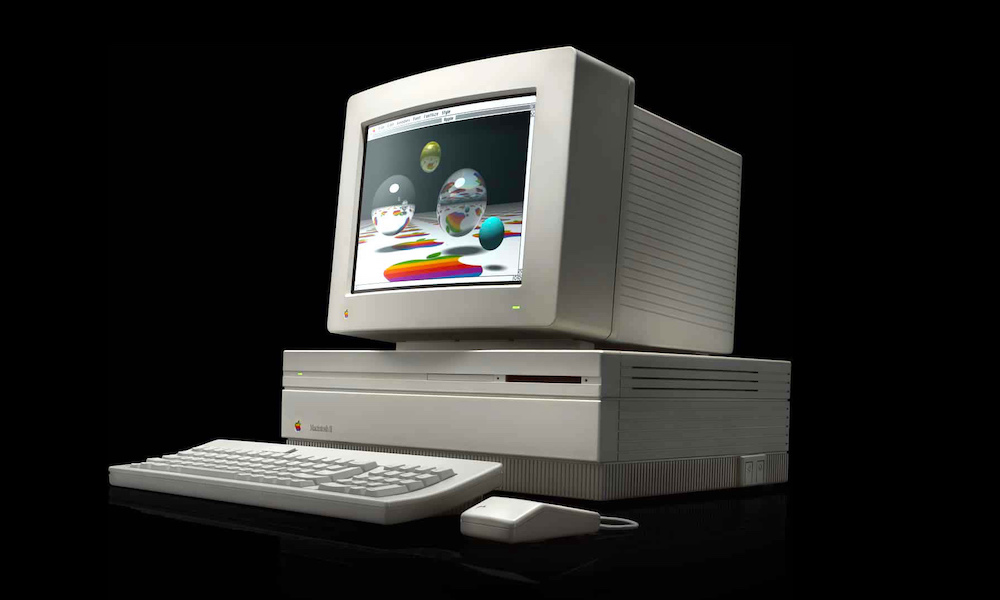Happy Birthday! Apple’s Iconic Macintosh II Turns 33 Years Old Today
 Credit: Apple
Credit: Apple
Toggle Dark Mode
The year is 1987. Apple has been operating for approximately 11 years at this point with an assortment of computers and accessories under its belt and is growing in sales. However, their most advanced computer model at the time, the Macintosh, lacked one integral element: a color monitor.
Color was something that users desired, but many companies struggled to provide, either due to logistical issues or the economic costs of such a device. Steve Jobs himself was opposed to color monitors due to the printers of the day’s inability to replicate color imagery with their black-and-white ink styles. Instead, he pushed for higher pixelation of the displays.
Though, that did not dissuade Michael Dhuey and Brian Berkeley, two Apple engineers who took it upon themselves to update the Macintosh with such features in 1985.
The pair worked extensively on the project without Jobs’ approval, putting their careers on the line for the risk of the product.
Not only did Berkeley create a color monitor for his work, but Dhuey also added expansion ports, which would allow users the ability to update memory ports and cards at will. The project was internally known under several codenames, including “Reno,” “Becks,” “Cabernet,” “Uzi,” “Paris,” and Dhuey’s favorite, “Milwaukee.” The project would not be approved until after Jobs’ departure later that year.
The Macintosh II featured a Motorola 68020 processor operating at 16 MHz, teamed with a Motorola 68881 floating-point unit. It started out with only a single MB of RAM but could have it expanded to 8 MB with additional panels if the user so desired. The display was a true-color 16.7 million color palette that could be run as either 4-bit or 8-bit. It was also sold without a keyboard (a novel decision), although users were offered access to select Apple keyboards if they desired it.
The Macintosh II would sell for three years, up until 1990, when the IIx and IIcx took the reigns and were considered to be more reliable.






